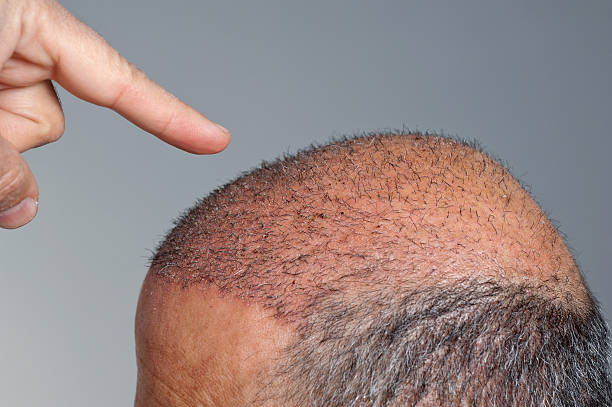Decoding Dermal Fillers: An Unveiled Perspective
In the realm of beauty and aesthetics, dermal fillers have created a significant impact, revolutionizing our approach to skin rejuvenation and anti-aging. As a non-surgical treatment, fillers offer a practical alternative to more invasive procedures, promising to restore lost volume, smooth out wrinkles, and redefine facial contours. They represent a key component of the modern beauty landscape, yet their roots trace back to earlier medical practices. This article delves into the history, current relevance, and future prospects of dermal fillers, providing unique insights into this popular aesthetic treatment.

A Step Back in Time: The Genesis of Injectables
The use of injectables for aesthetic purposes dates back to the late 19th century, when doctors began experimenting with paraffin injections to alter facial structures. However, the results were often disastrous, leading to complications such as paraffinomas. It wasn’t until the 1980s that collagen, a natural protein found in our bodies, was introduced as a safe and effective filler. Despite its short lifespan, collagen marked the beginning of a new era in aesthetic medicine, paving the way for the development of modern fillers.
The Reign of Hyaluronic Acid: A Breakthrough in Dermal Fillers
The game-changer in the world of dermal fillers was the introduction of hyaluronic acid (HA) in the late 1990s. A naturally occurring sugar molecule in the human body, HA has the unique ability to retain water, providing hydration and volume to the skin. FDA-approved HA fillers, such as Juvederm and Restylane, are now mainstream. Their popularity stems from their safety profile, immediate results, and reversibility, as an enzyme called hyaluronidase can dissolve HA fillers if required.
Navigating the Filler Landscape: Types and Uses
Today, the filler landscape is diverse, with a variety of products catering to different needs and areas of the face. Besides HA, other materials used in fillers include poly-L-lactic acid (Sculptra) and calcium hydroxylapatite (Radiesse), each with unique properties and applications. While HA fillers are typically used for lips and nasolabial folds, poly-L-lactic acid is ideal for treating deep facial wrinkles and enhancing cheek volume. Understanding the different types of fillers and their uses is crucial for achieving desired results.
The Impact and Reception: Perception of Dermal Fillers
The advent and evolution of dermal fillers have significantly influenced societal attitudes towards beauty and aging. While fillers were once stigmatized as unnatural and vain, they are now widely accepted as a tool for self-care and confidence building. The shift in perception is largely due to increased transparency about cosmetic procedures among celebrities and influencers, along with advancements in filler technology, leading to more natural-looking results.
However, it’s worth noting that the reception towards fillers is not universally positive. Concerns about the overuse of fillers, leading to an exaggerated and homogenized aesthetic, have been raised. Additionally, potential risks and complications associated with filler injections, such as infection, allergic reaction, and filler migration, should not be overlooked.
Looking Ahead: The Future of Dermal Fillers
The future of dermal fillers is promising, with ongoing research aimed at improving their safety, effectiveness, and versatility. Developments in filler technology, such as the advent of tunable fillers that can be adjusted post-injection, are on the horizon. Moreover, the growing interest in minimally invasive treatments and personalized beauty solutions is likely to sustain the demand for dermal fillers.
In conclusion, dermal fillers have come a long way from their humble beginnings. They have transformed the beauty industry, offering individuals a way to enhance their appearance without surgery. As we continue to innovate and refine these treatments, the potential for dermal fillers to redefine our notions of beauty and aging is immense.




